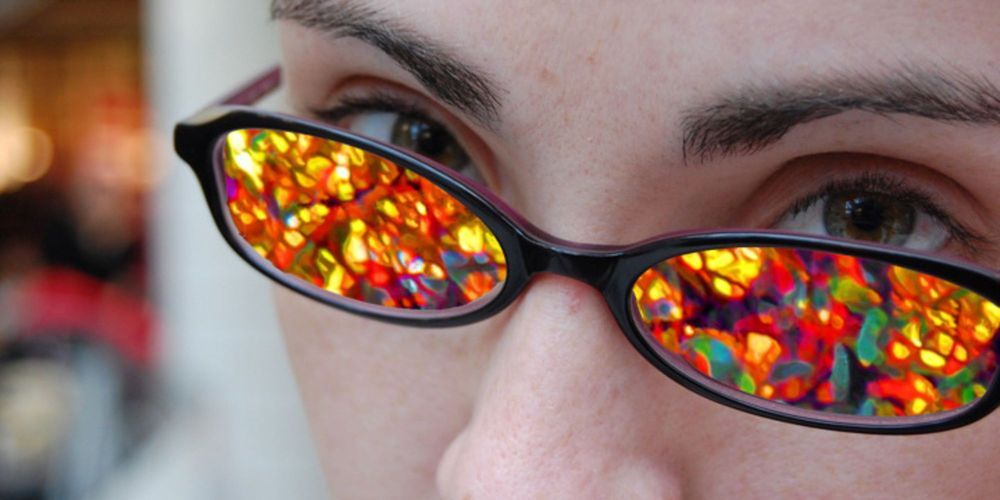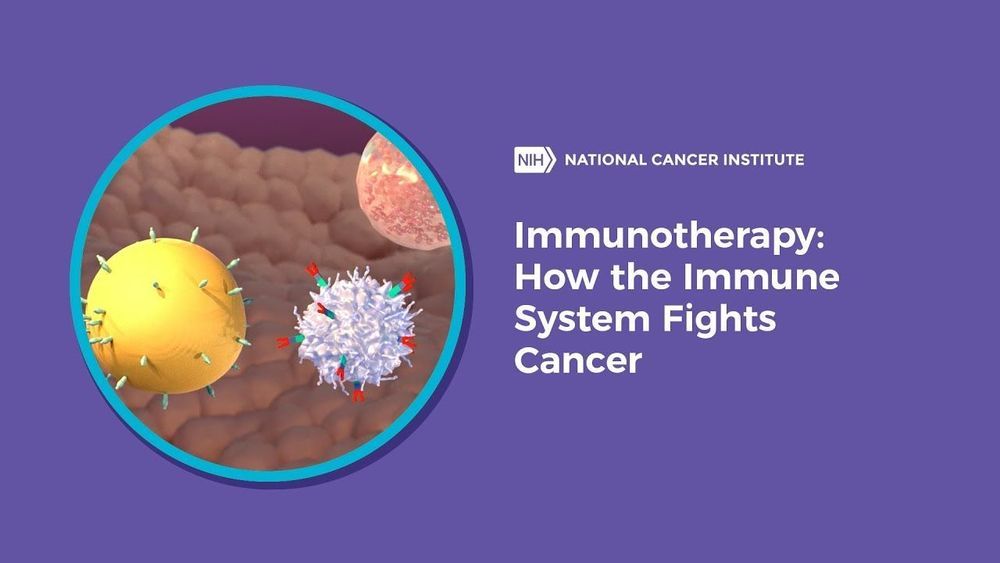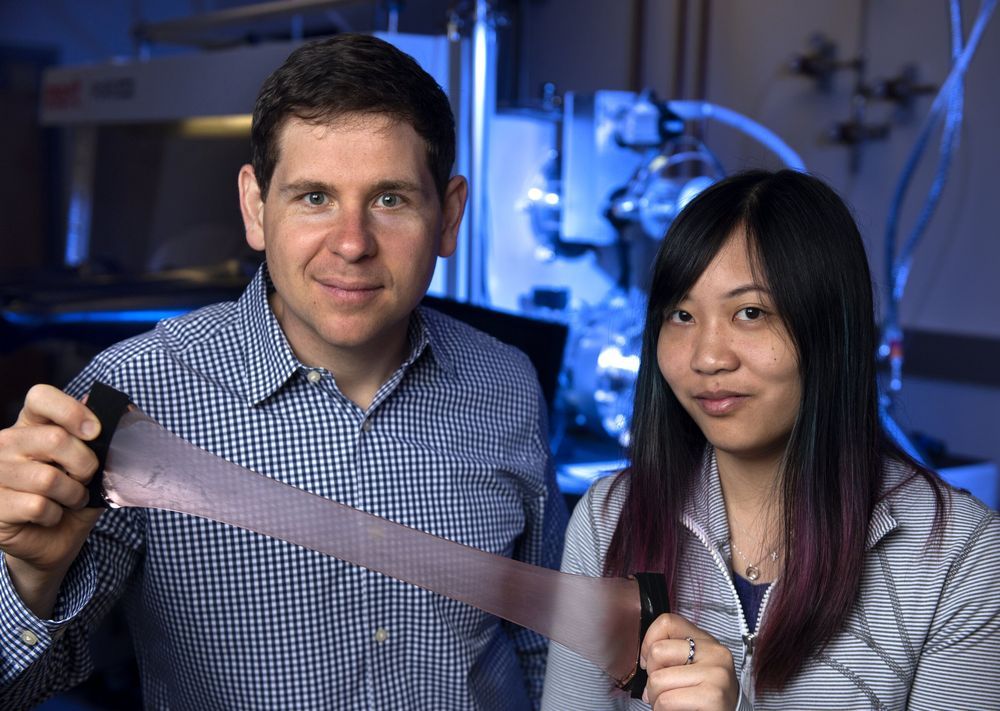Cognitive scientist Donald Hoffman asserts that not only do we invent our own personal views of reality, it’s an evolutionary necessity.
New data from the Hubble Space Telescope confirms that the universe is expanding nine percent more rapidly than theoretical calculations predicted.
Those original calculations were based on data from the early universe, so many scientists suspected that something sped up the works. But the new Hubble data suggests that the universe could be substantially younger than previously believed — perhaps by as much as a billion years, according to the Associated Press.
The smaller and lighter electronics get, the more ways they can be used. A team of researchers has come up with a compact radar system the size of a matchbox that could be deployed in drones, guidance systems for people with vision problems, and other gadgets where portability and low cost are important.
The recent clinical trial was only conducted on patients with lymphoma, but the researchers suggested their approach could be potentially used to treat other types of cancer — and that it could improve the efficacy of other immunotherapies, including checkpoint blockade.
“The in situ vaccine approach has broad implications for multiple types of cancer,” said Brody, the study’s lead author and the director of the Lymphoma Immunotherapy Program at The Tisch Cancer Institute at the Icahn School of Medicine at Mount Sinai. “This method could also increase the success of other immunotherapies such as checkpoint blockade.”
Related Articles Around the Web.
Researchers at the Harvard John A. Paulson School of Engineering and Applied Sciences (SEAS) have, for the first time, used a semiconductor laser to send and receive radio signals. The hybrid electronic-photonic device uses a laser to extract and transmit microwave signals, providing a data rate that may one day lead to ultra-high-speed Wi-Fi.
Drawing design inspiration from the skin of stealthy sea creatures, engineers at the University of California, Irvine have developed a next-generation, adaptive space blanket that gives users the ability to control their temperature. The innovation is detailed in a study published today in Nature Communications.
MeiraGTx’s founders were interested in those uses; the biotech’s programs today are in diseases of the eye, salivary gland and brain.
But “we wanted to have a broader perspective on how you could potentially use gene therapy” too, CEO Alexandria Forbes says.
That vision is a high-tech, futuristic one, in which the human body can essentially become a medicine-making factory, enabled by gene therapy. But it’ll require more research, and is still years from fruition.









